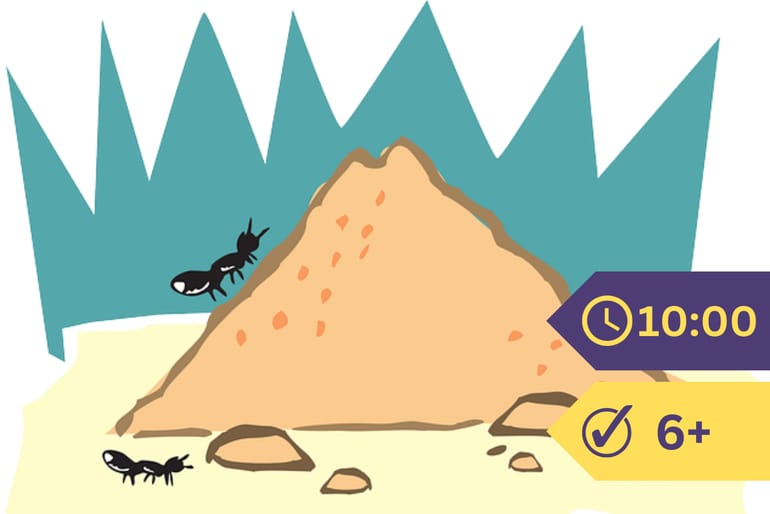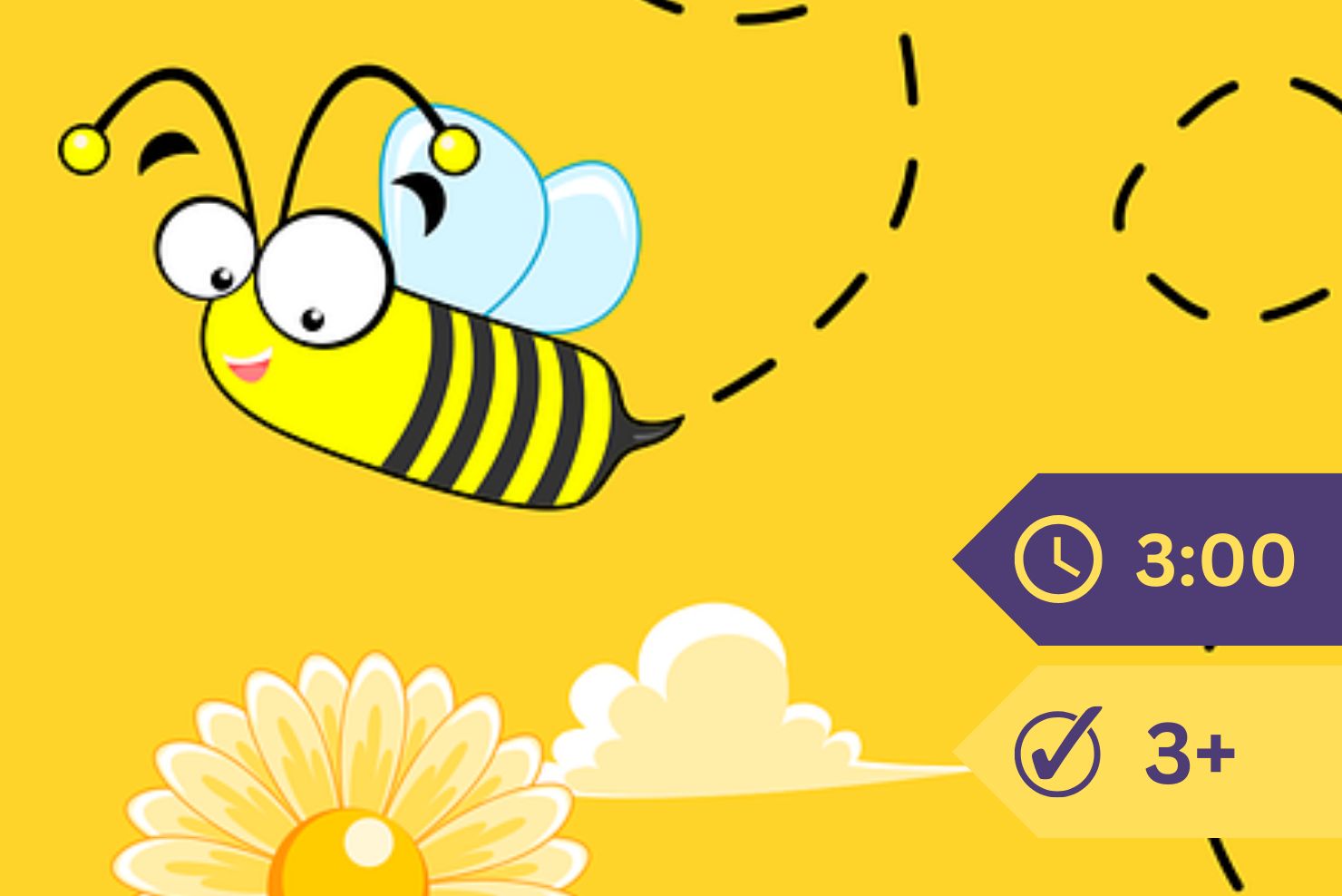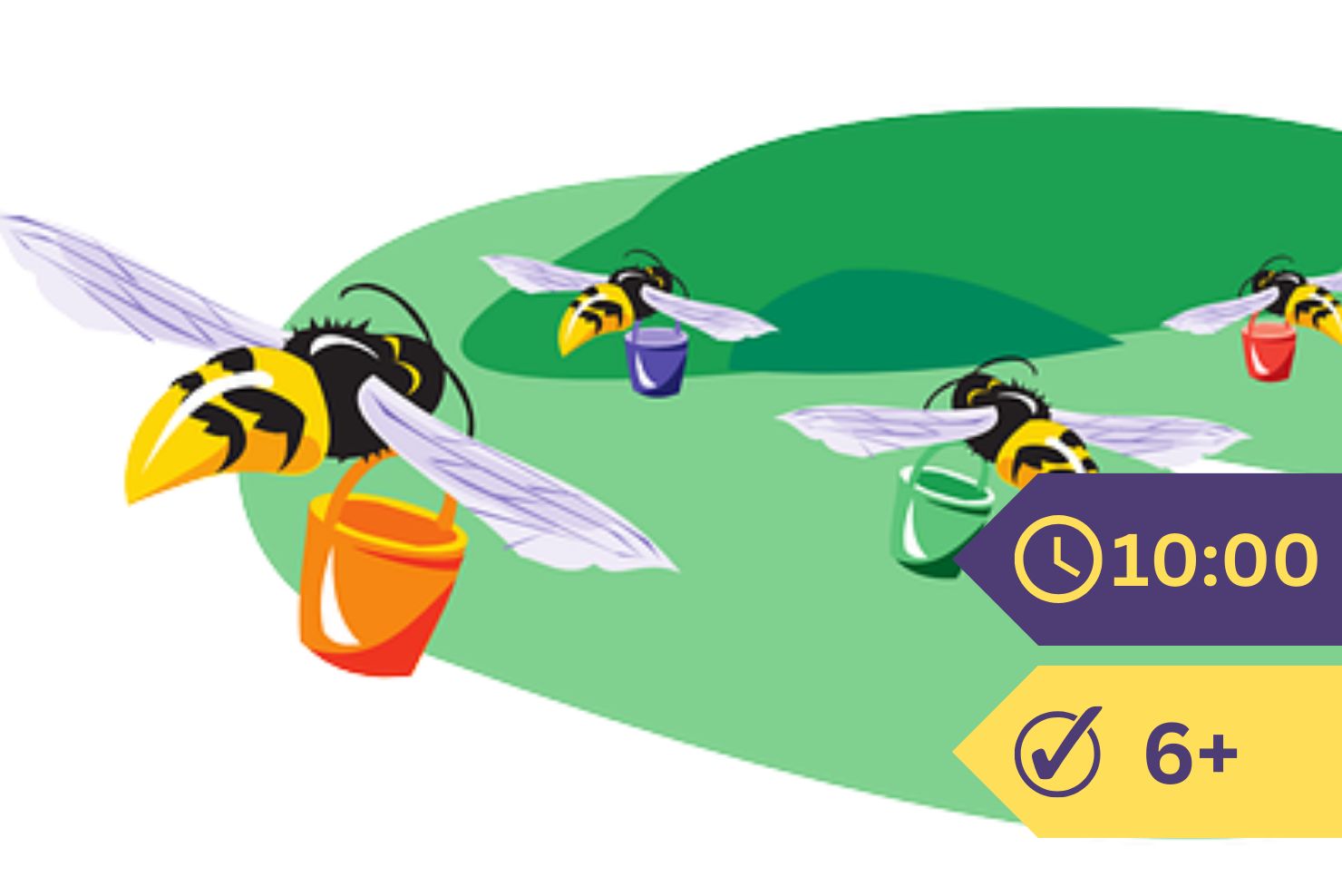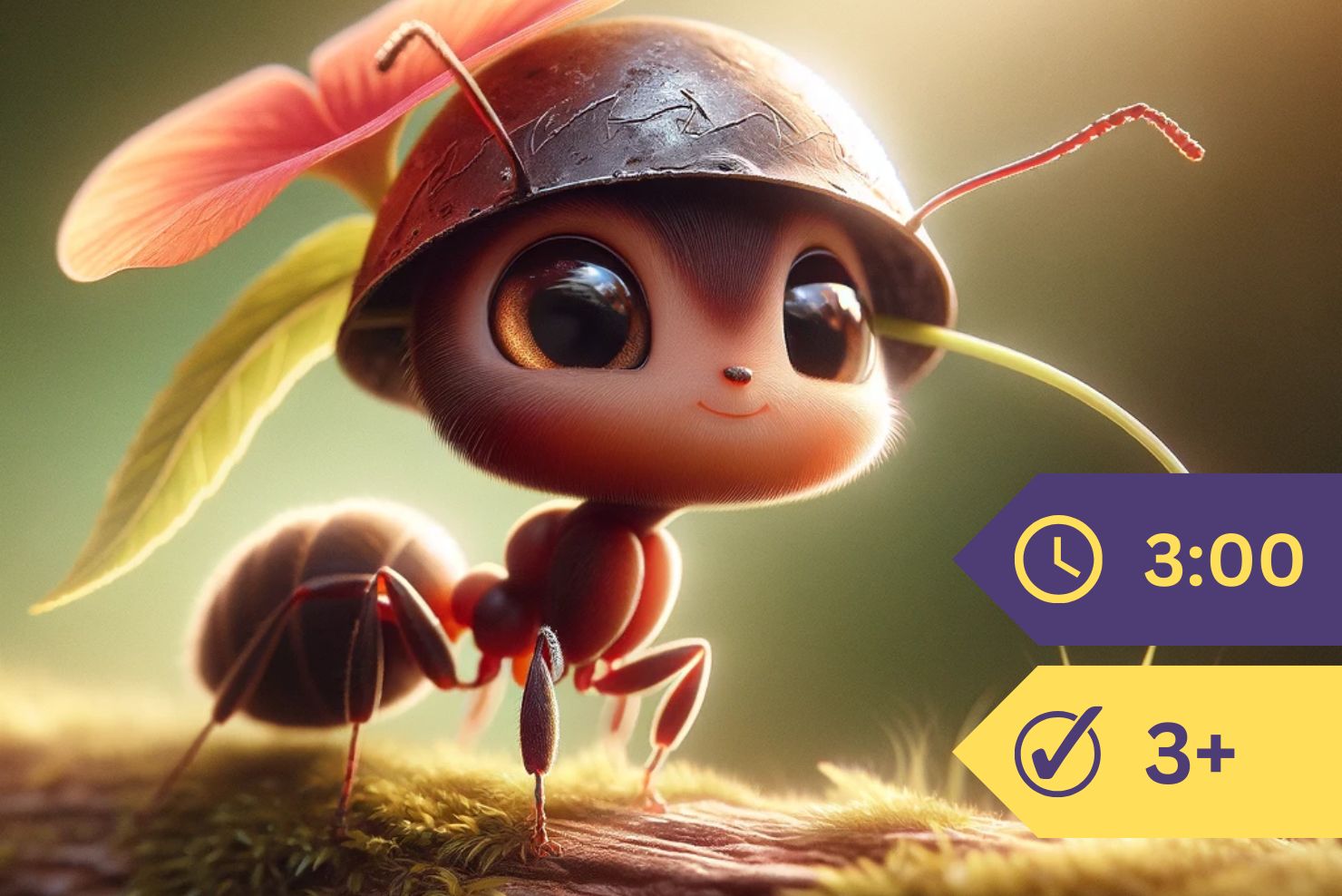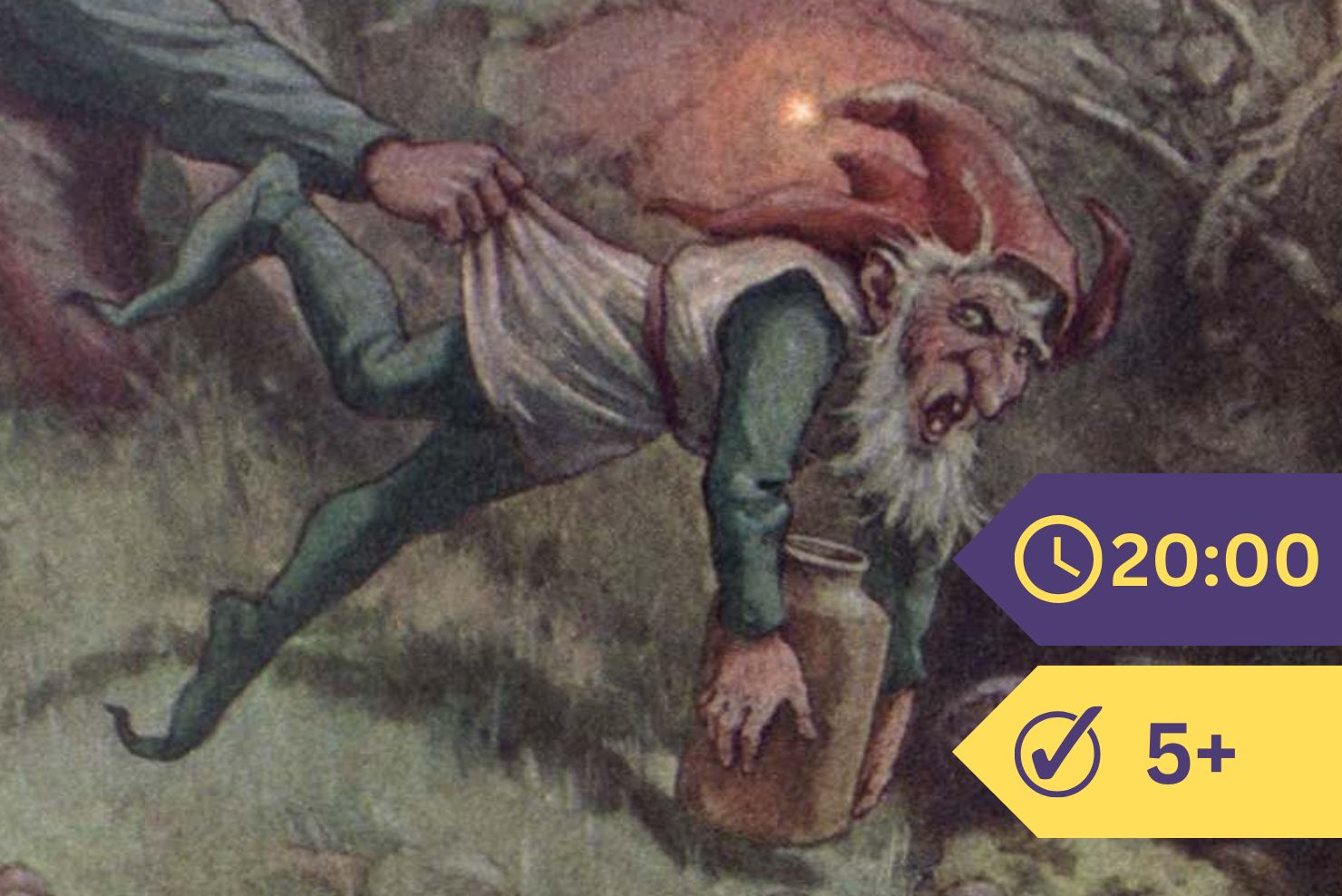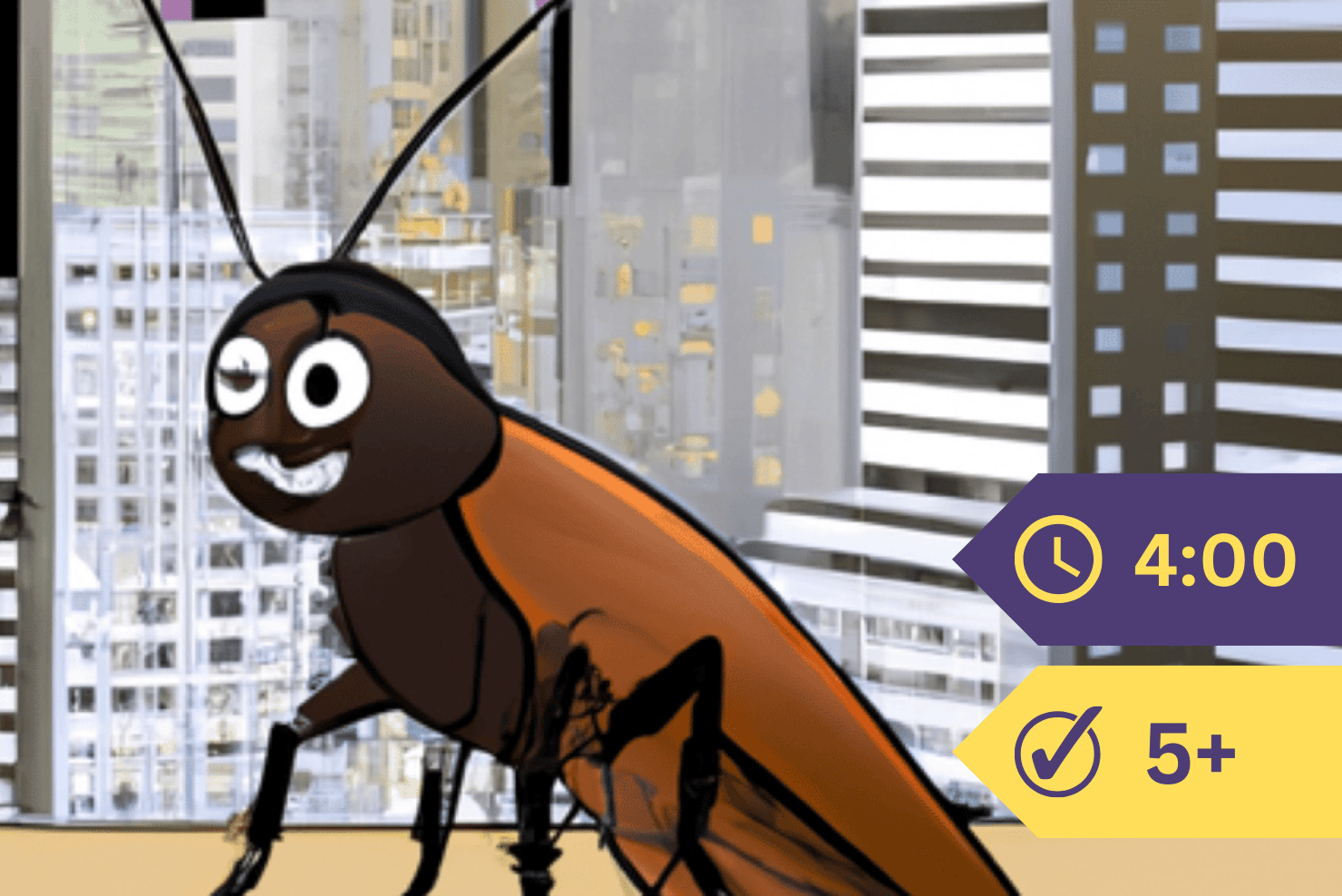Once upon a time, there lived in a big, brown house a very dainty little lady. They called her Mrs. Flyaway because she never wanted to stay at home. The little person looked as if she had been polished, for she was very black and very shiny. She had two tiny, gauzy wings and six legs, so that she could walk quite fast for her size. She was very small, indeed — not half an inch long. In fact, she was an ant and lived in an ant-hill. Many other ants lived in this same house — almost as many ants as there are leaves on a tree — so many that you could not count them. The brown house stood in the middle of a beautiful green field, and above it was an elm tree through which the wind sang all day and all night, so you see it was a very pleasant place to live in.
Perhaps the brown house wouldn’t have seemed big to a boy or girl, but it was grand for the little ants, and they were very proud of it because they had built it all themselves. It doesn’t seem possible that little ants could build a house, does it? But I will tell you how they did it.
Of course, they had to begin with something very small, so they chose a blade of grass. Think of beginning to build a house with a blade of grass! This blade of grass was standing very straight and stiff under the elm tree, and one little ant who was a mason said, “I will make some mortar, and then with it I will cover the blade of grass to make a stout pillar. This will be the beginning of our house.” He found some soft earth and sticky clay with which he mixed a little water and tiniest bits of grass and wood. He kneaded this with his feet until it was a thick plaster, which he stuck on the blade of grass. Of course, it took him a long time to cover the whole grass blade, but he worked hard and was very patient.
When the other ant masons saw what he was doing, they all went to work and did just the same to other blades of grass. The big Sun looked down and smiled on them when he saw how hard they worked. “I will help them,” he said; and smiling more brightly than ever he baked their pillars hard and dry.
When the pillars were done, the ants built arches across them, back and front, right and left, over and over, until a roof was stretched across. The good-natured Sun smiled down once more, and then the roof also became hard and dry and strong.
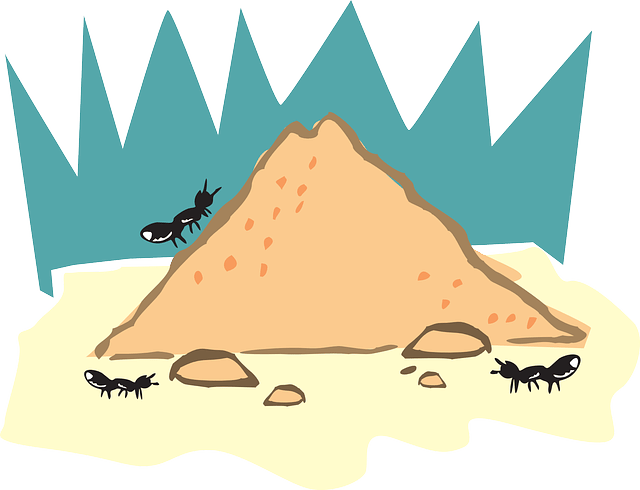
Day after day, the busy ants worked. They made more pillars above the first ones and threw more arches over them until they had built a house big enough for all to live in. It had long, winding passages everywhere under the arches and tiny little rooms opening into the passages. Over all this, they put a covering of earth, with many doors and windows in it; and then the house was done.
One morning little Mrs. Flyaway went hastily out of one of the doors. She was going to run away. She wanted to see the beautiful green world.
She wasn’t very far when three or four other ants went tumbling out of the doors and windows and ran as fast as they could after her. These little ants were not quite as pretty as Mrs. Flyaway; they had no lovely gauzy wings. They were very patient and industrious, however, and worked hard all day for the Flyaways (there were other Flyaways besides the one we know); and working hard for other people is much better than being only beautiful to look at, isn’t it?
You see three kinds of ants lived in this one house. There were the Mr. Flyaways, who had four wings and were very grand, the Mrs. Flyaways who had two wings, and the dear little workers who didn’t have any wings at all. When the worker ants caught up to our Mrs. Flyaway, one of them said, breathing very hard through the breathing pores in his sides, “O my dear friend, what a run so early in the morning! You must come right back home. What would we poor workers do, if we let the Flyaways leave us?” “Yes,” said another, “pretty soon you will have some little baby ants, and we have made room for them in the big, brown house. If you don’t stay there you will have no home for them.” And so they got Mrs. Flyaway back to the house.
But their troubles were not over then, for either this Mrs. Flyaway or some other was always trying to run away. The workers were more than busy keeping them at home and finding enough food for them. One beautiful day, in spite of all their care, Mrs. Flyaway was lost. They had just given up searching for her, when who should come running toward home but that dear little lady herself. “Come,” she cried in great excitement. “Come! See what I have.” They all ran after her as fast as possible, and what do you think she showed them, carefully hidden under a leaf? Twenty little eggs!
“See!” said Mrs. Flyaway joyously, “My little baby ants will come out of these eggs.” Mrs. Flyaway might have been called Mrs. Stay-at-home after this, for, would you believe it? She never wanted to run away any more! She just felt like staying at home and watching those eggs day and night. So she took off her pretty little wings and laid them aside, knowing that she wouldn’t need them anymore. “Yours will be the first babies this year,” said somebody. “They won’t be babies at all if we aren’t careful,” said one experienced old ant. The little mother looked very anxious. “We must get them in out of the dew; ” the same ant added, “those tender little eggs cannot stand the cool, damp night air.” At this, the ants went to work, and before the sun went down the eggs were all in the brown house.
Everybody was up early next morning to take the eggs out again and spread them in the sunshine. At noon time, the eggs had to be changed again and put under a plantain leaf because the sun grew too warm. You can imagine that all this kept them very busy, morning, noon, and night.
One morning, when Mrs. Flyaway woke up, she felt something moving. She looked down, expecting to see a little ant, but what do you think had come out of the eggs instead? Twenty little grubs – little fat things with no legs and no wings. Mrs. Flyarway was very much surprised at first and a little disappointed, but she soon grew to think they were the most beautiful babies a mother ever possessed.
“Oh! How much they did eat. Why, it took twenty workers besides their proud little mother to find enough honey-dew for them to eat and to protect them from heat and cold.”
The grubs were not to be grubs always. Before many days passed, they spun themselves silky cocoons, rolled themselves up tight, and went to sleep, looking like twenty little barleycorns. They slept so many days that their mother became quite anxious. “Isn’t it time to wake them?” she said. “Just about time,” said a little worker. “You know we will have to cut open the cocoons. The babies will not be able to get out unless we do.”
Now, the ants who attended to this did not have any scissors or knives, but they had something which answered just as well. Teeth? No, but mandibles – parts of their mouths which they use for all such work. With these mandibles, the ants cut a hole in each cocoon.
You would never guess what came out of those cocoons! Grubs, do you think? No. Twenty little full-fledged ants – some Flyaways and some workers – came out, rubbing their eyes and yawning.
“Well,” exclaimed their mother in the wildest excitement, “those babies have caused me continual surprise ever since I first saw the eggs, but this is the greatest surprise of all.”

